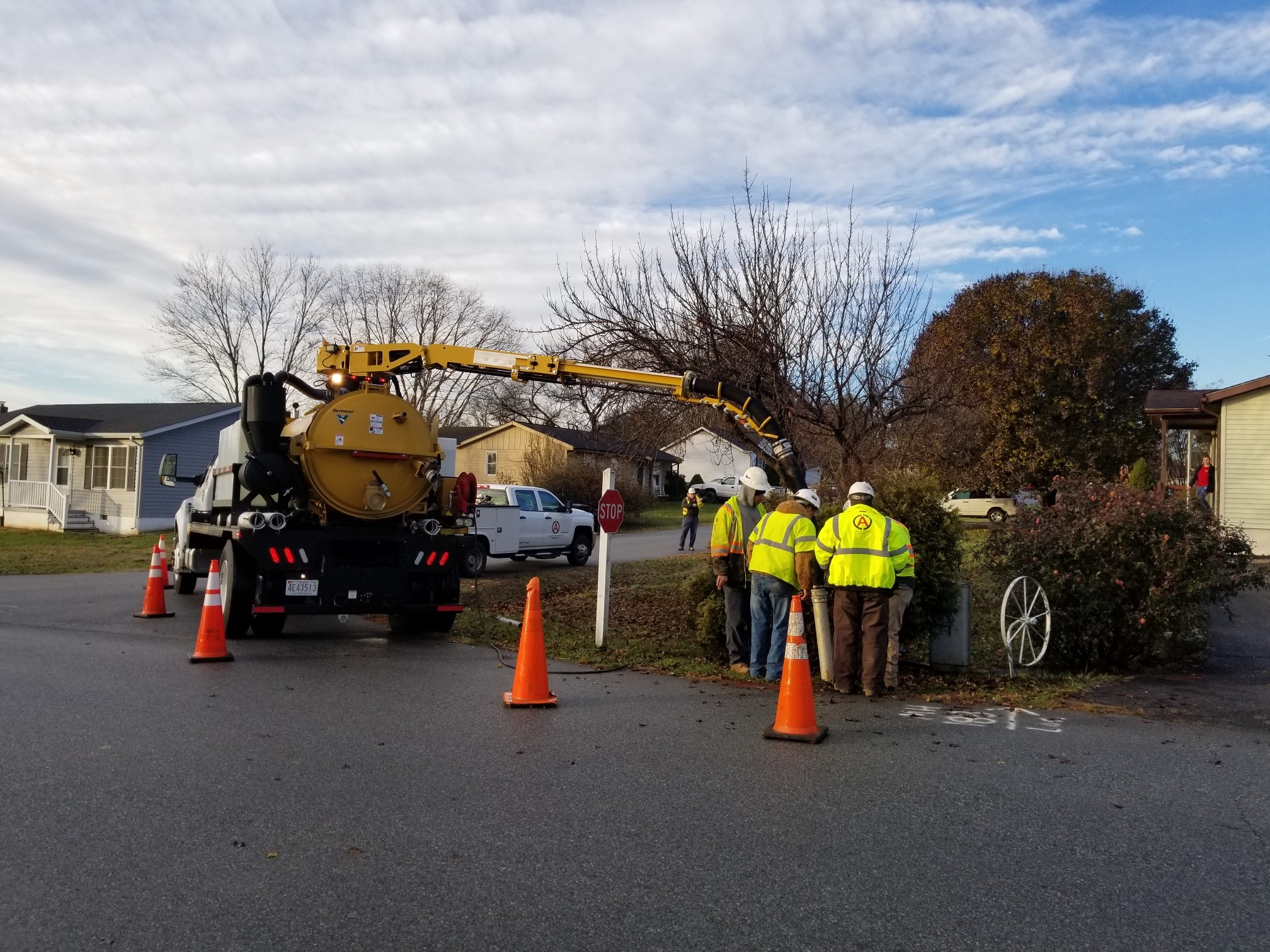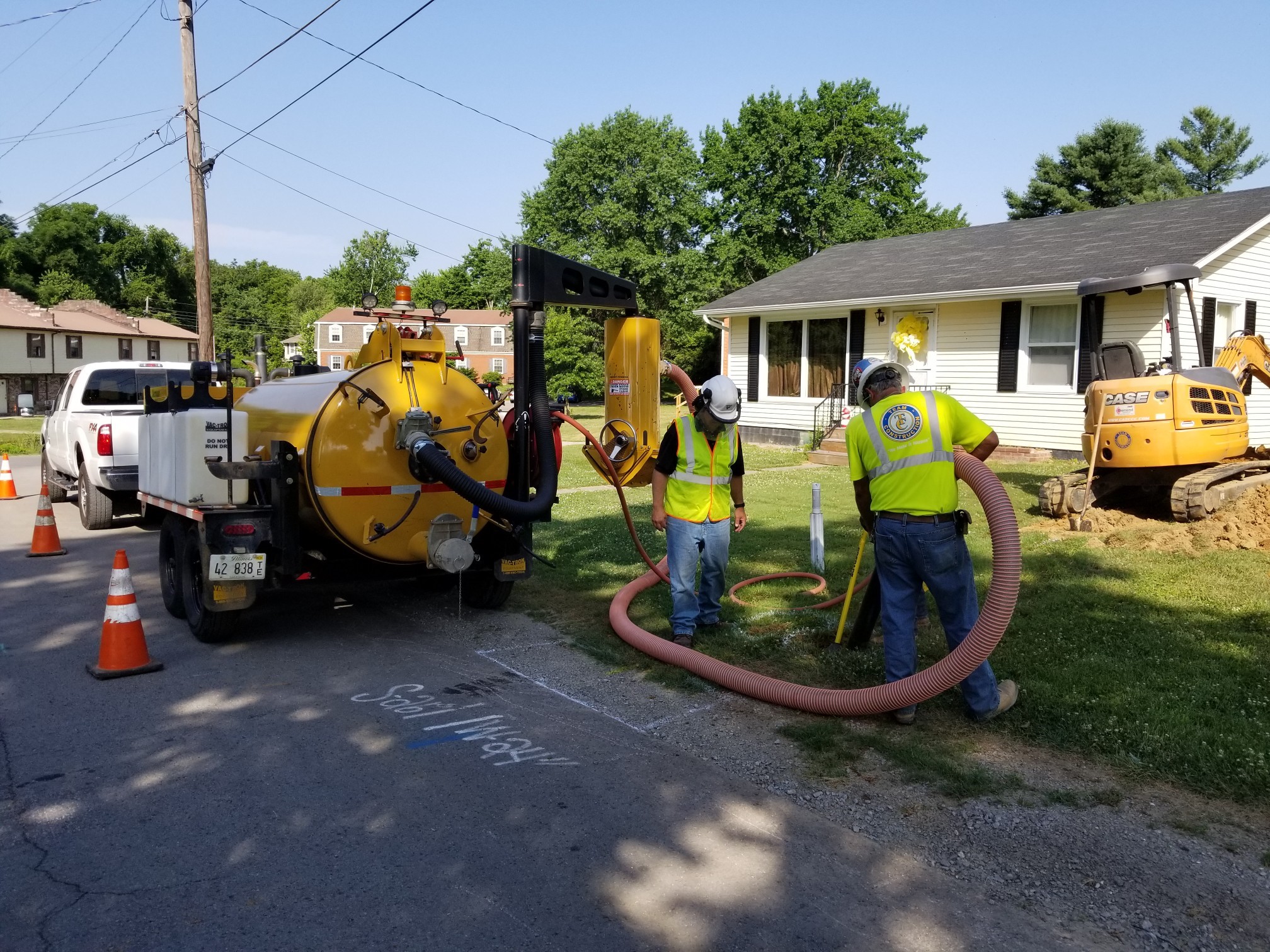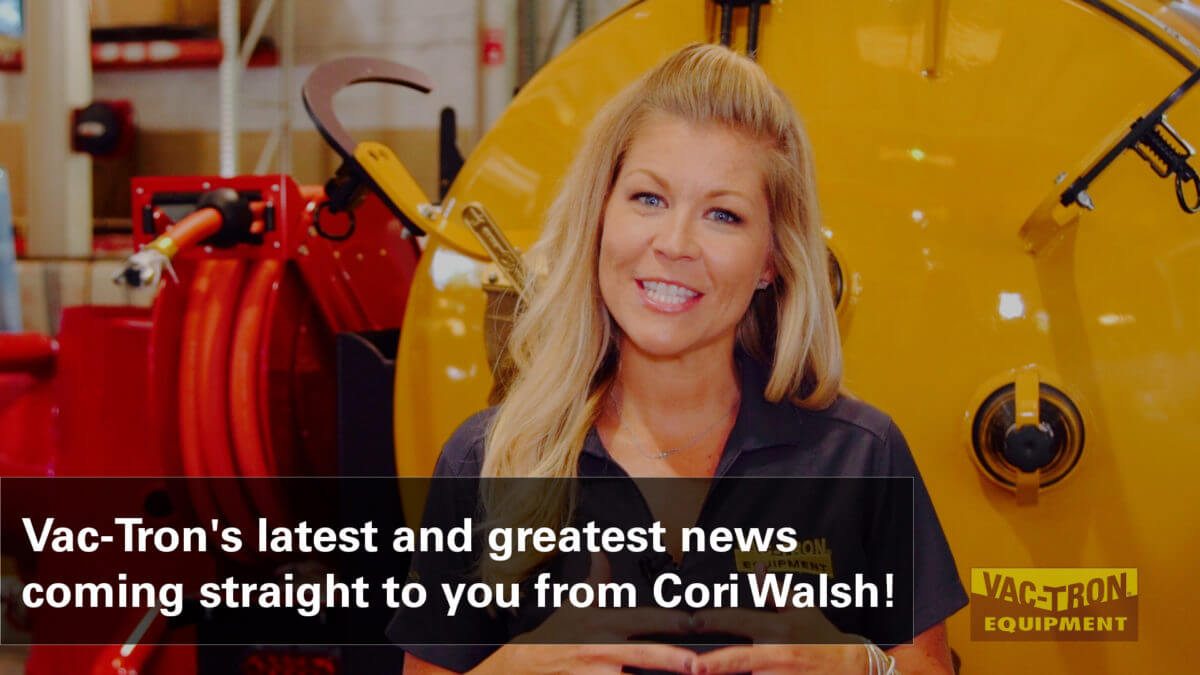
As your business grows, managing your equipment fleet size can be an ongoing source of stress. You want to have the right size and type of equipment to handle the current load, but you also need to account for the future when adding new machines to your fleet. It’s a dilemma that busy utility and horizontal directional drilling (HDD) contractors think about often as their backlog of work grows.
Fleet management decisions are rarely cut-and-dried, and according to Brian Showley, director of sales for Vermeer MV Solutions, understanding when it’s time to add another vacuum excavator or replace an older or underperforming unit can go a long way in helping to improve a company’s overall operations. “Two things that can slow crews down are excessive wait/down times and making do with an underpowered system for the soil conditions,” he said. “When the vac crew isn’t keeping up with the needs of the job, adding another unit is generally the right approach. If it’s more of a performance issue, then trading or selling the existing vacuum excavator and upgrading to a new one is probably the right way to go.”
How and where you are operating your vacuum excavators are the key questions when determining the right time to upgrade. “Falling behind on potholing utilities is a much different issue than not keeping up with HDD operations,” said Showley. “One is more of a long-term issue, while the other may be temporary and can be solved in different ways.”
Potholing
Since potholing utilities is one of the first steps on a project, any delays can put a whole project behind. If your crews aren’t keeping up at that stage, you need to determine if it’s because of the number of utilities that need to be daylighted or if it’s because they don’t have the right vac for the job.
“Adding another vacuum excavator to get a project back on track doubles production, but if someone’s using the wrong machine for the job, usually doubling down isn’t the right approach,” explained Showley. “Instead, it’s better to get a different vacuum excavator on the job that can handle the workload without adding crew. So, if soil conditions are more challenging than the vac can handle, contractors should consider a bigger, more powerful one. And if it’s an access issue, they may want to consider either getting something smaller or getting a vacuum excavator equipped with a hydraulic boom.”
Handling drill slurry
Struggling to keep up with the HDD crew suctioning up drilling slurry is usually more of a temporary issue because of a jobsite’s proximity to the nearest dump site. If you’re in that situation, Showley recommends taking more of a long-term approach. “If cycle time is going to be an issue only on occasion, a contractor may be better off accepting that there will be some HDD downtime as they wait for the vacuum excavator to get back from dumping, or they should consider renting another unit,” he said. “Some contractors will even set up a temporary dump location closer to a jobsite so that they can get vacuum excavators back as quickly as possible. The slurry from the temporary location is then moved during off hours when HDD crews aren’t working, and there is less traffic on the road. These are a few options that contractors can consider, but they don’t adequately address a long-term issue.”
To decide if you have a short- or long-term issue, you need to sit down with your company’s forecasted list of work for the next few months and map out the location of the jobs and the distance to the closest dump site for each one. Keep in mind that distance isn’t the only factor; how long it takes to make a round trip from a job to the dump site in busy traffic also has to be considered. If the estimated time impedes on drilling production regularly, you need another vac.

Alternatives
If you’re doing large-diameter bores or working in tough ground conditions that require large volumes of drilling fluids, you may want to consider adding vacuum excavators to your fleet or upgrading to vacs with larger tank capacities. Also, if you have several crews working in an area and proximity to a dump location or dump fees are an issue, you may want to consider a fluid solidification system. The process of solidifying slurry can help reduce travel times and allow the material to be disposed of at a landfill.
If you have fleet management or vacuum excavator questions, contact your local Vermeer dealer or visit vactron.com and mclaughlinunderground.com.

